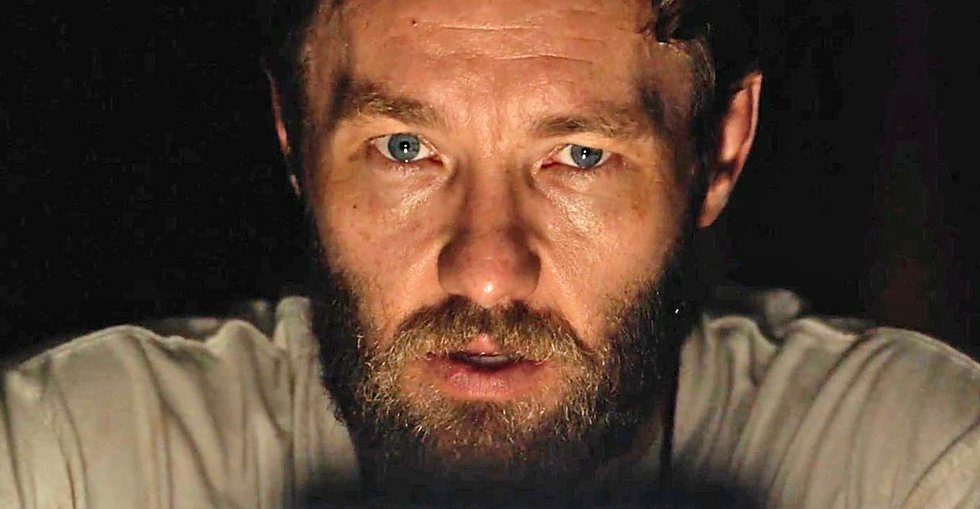Horrors are outside and within in the stellar It Comes at Night
It Comes at Night
*** 1/2 out of 5 | 97 min. | R

Paul (Joel Edgerton) goes to terrible lengths to protect his family
Compassion kills in dire times. That’s the widdershins message of director Trey Edward Shults’ sophomore feature, a severely downbeat, cabin-in-the-woods horror show that entwines the claustrophobic paranoia of George Romero’s Night of the Living Dead with the locked-door tension of Roger Corman’s Day the World Ended and a febrile case of Cabin Fever to boot.
This lean, mean, effective thriller offers no explanation of humanity’s endgame while simultaneously focusing on the trip-wire frailty of a family trapped in the hungry, thirsty days of the dead—or is the menace indeed the dead? And if not, what are they?
Shults keeps us in the dreaded dark —often literally—and instead focuses on spouses Paul (Joel Edgerton) and Sarah (Carmen Ejogo), who along with son Travis have holed up in an old house in the woods, effectively maintaining a daily routine—two meals a day, doors locked at all times—as an unseen force roams outside their quadruple-locked home and an unseen force infects others with a grisly, Ebola-esque fate.
All’s well that doesn’t end well when desperate intruder Will (Christopher Abbott) bursts into the house in the middle of the night and manages to convince Paul that his wife and daughter are dying of thirst just eight miles away. After an ambush on the road, the now-allied pair manage to bring Will’s wife Kim (Riley Keough) and 4-year-old son Andrew (Faulkner) to Paul’s safe place. But how safe is it? The family dog goes missing, eerie howls echo throughout the woods, and before long (in another nod to Romero) it’s family against family against God-knows-what.
The devil, or whatever that’s outside, is in the details in It Comes at Night. Shults’ film, which he also wrote, is a model of nightmare minimalism, trusting the audience to use their imagination to supply their own, patently more terrifying, idea of what the hell is shrieking out there in the forest.
The cinematography amps up the fear factor by coupling tight close-ups of frightened faces to both tenebrous interiors and the unnaturally distressing light of Coleman lanterns and gasolined gravesites. Infused with a perpetual gloom that renders even the lush, daylight woodland as threatening as grizzly breath on your neck, Shults’ intimate, doom-trippy portrait of two modern American families devolving into primitive tribalism is unnerving and powerful.
Got a family? Best prepare yourself for some seriously freaky-ass bad dreams post-screening.




